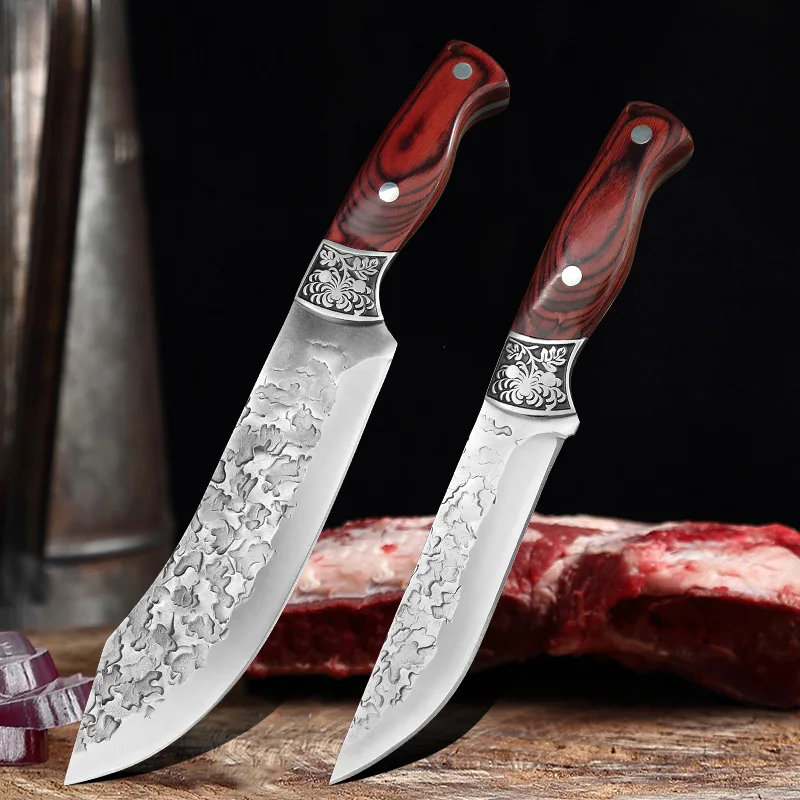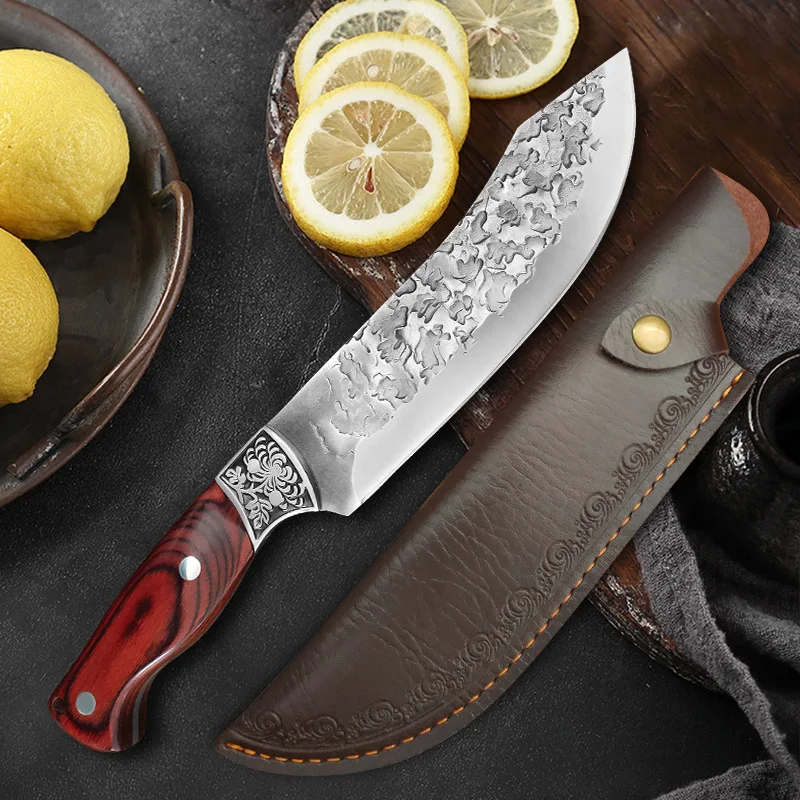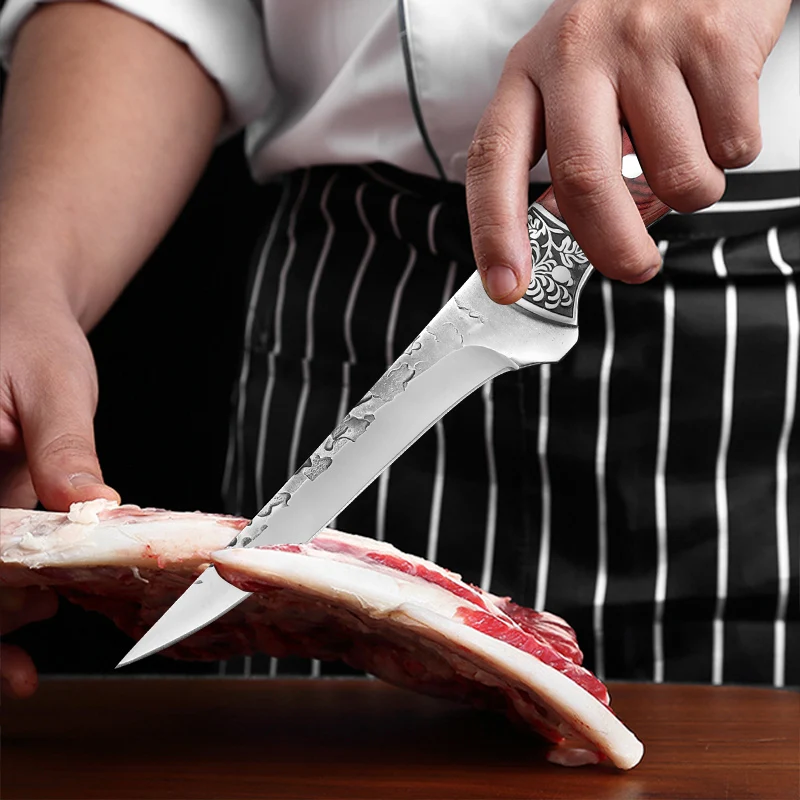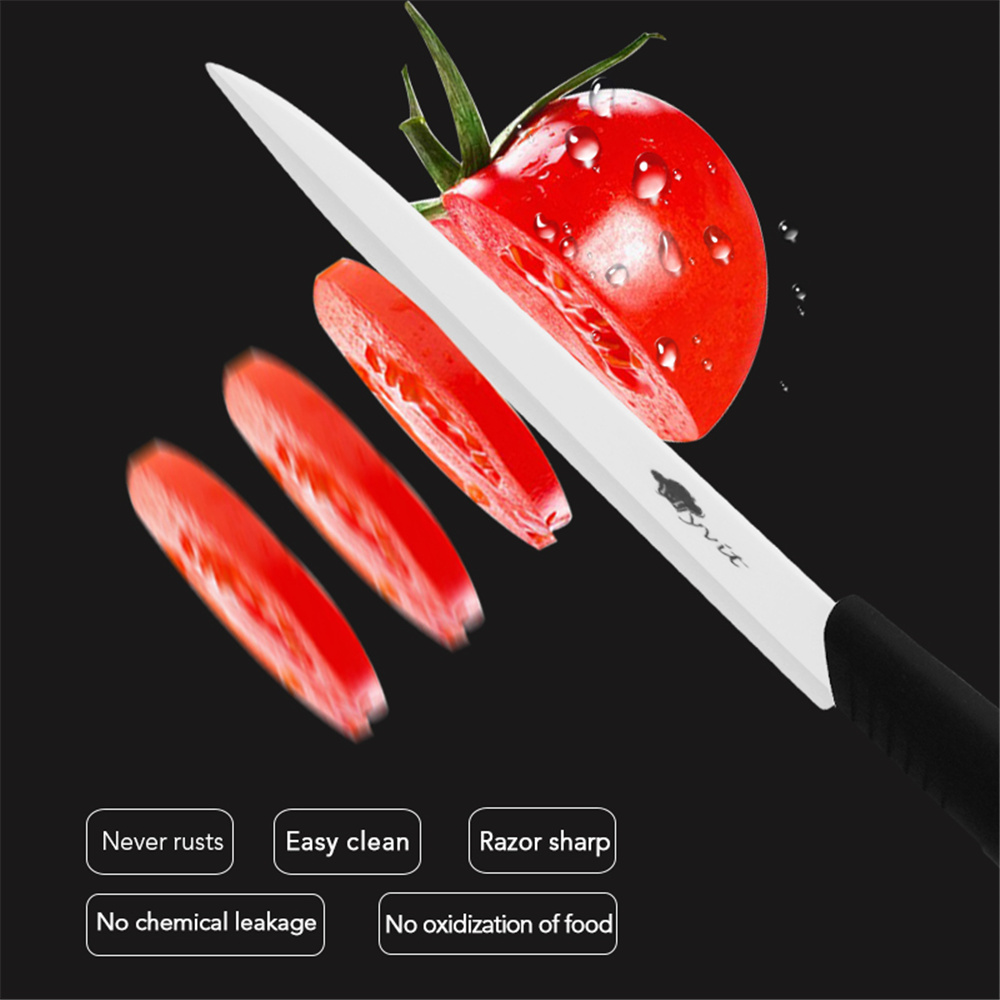Introduction to Knife Sharpening with Whetstones
Sharpening kitchen knives with a whetstone can transform your cooking experience. A sharp knife is safer and cuts with precision, making your kitchen tasks easier and safer. In this section, we will explore why using a whetstone is one of the best methods for kitchen knife sharpening. Unlike mechanical sharpeners, a whetstone allows for more control over the sharpening process. This control helps maintain the knife’s quality and ensures a sharp edge. Using a whetstone might seem daunting initially, but with the right guidance, anyone can master this skill.

Selecting the Appropriate Whetstone
Choosing the right whetstone is crucial for effective kitchen knife sharpening. The type of whetstone you select will determine the sharpness and precision of your knife’s edge.
Understanding Grit Sizes
Whetstones come with different grit sizes. A lower grit number means a coarser stone, suitable for shaping and repairing the blade’s edge. A higher grit number is for polishing and honing a sharp edge. Beginners should start with a two-sided stone—coarse on one side and fine on the other.
Double-Sided Whetstone Recommendations
For those looking to purchase their first whetstone, consider a double-sided option. A 1000/6000 grit stone is ideal, as it offers versatility for sharpening and honing your knives. Here are a few recommended products:
- Sharp Pebble Premium Whetstone 1000/6000
- KING KW65 1000/6000 with nagura stone
- DDF IohEF Sharpening Stone grit 1000/6000
These whetstones are beginner-friendly and can help maintain your knives in top condition.

Preparing Your Whetstone for Use
Before starting the kitchen knife sharpening process, it’s essential to prepare your whetstone. Proper preparation ensures the best results and prolongs the life of both your knives and your stone. Whether you’re a novice or have some experience, these steps are crucial to follow.
Wetting the Stone
Your first step is to wet the stone adequately. Submerge the whetstone in water until bubbles cease to appear. The soaking time can vary, but patience here is key—the more saturated the stone, the better it will perform. Always keep a bowl of water nearby to keep the stone moist during sharpening. Adding a sprinkle of water now and then keeps the stone’s surface ready for use.
Understanding the Importance of Slurry
When sharpening, a mixture forms on the stone’s surface, known as slurry. This mix of water and tiny stone particles is critical in the sharpening process. The slurry acts as an abrasive agent that helps refine the knife’s edge. However, it’s important not to over soak the stone as it can wash away the valuable slurry. Use the water sparingly to maintain the right consistency. Managing your slurry effectively is a key step in achieving a perfectly sharpened knife.
How to Find the Correct Sharpening Angle
Finding the right angle is crucial for effective kitchen knife sharpening. The angle affects how sharp your knife will be and its cutting efficiency.
Consistency in Blade Angle
Maintaining a consistent angle during sharpening is key. A recommended angle for kitchen knives is 20 degrees. Use angle guides if you’re a beginner to help maintain this angle consistently. Practicing with these guides can help you develop a feel for the correct angle over time.
Hand Placement and Control Techniques
Proper hand placement ensures control and safety during sharpening. Hold the knife handle with your dominant hand. Apply gentle pressure with your other hand on the blade, away from the edge. Move the knife in smooth, even strokes against the whetstone. Keep your strokes controlled and consistent to avoid accidents and achieve a uniformly sharp edge.

The Sharpening Process: Step by Step
Embarking on the journey of sharpening your kitchen knife with a whetstone is an empowering skill. Let’s break it down into manageable steps for clarity and ease of understanding.
Defining and Refining the Knife’s Edge
Begin with your whetstone’s coarser side, the 1000 grit surface. This initial phase sets the foundation for a sharp knife. Consistently hold the blade at a 20-degree angle against the stone. Sweep the knife across the stone in controlled strokes, applying pressure as you pull the knife toward you. This motion works to grind away imperfections and create a new sharp edge. Repeat the motion for approximately 10 to 15 times or until you feel a slight burr along the edge. Once this burr is noticeable, you’re ready to switch sides and give the other edge the same attention.
Polishing the Edge for Finer Sharpness
After the basic edge is formed, it’s time to refine it. Flip your whetstone to the finer 6000 grit side. This stage polishes and smooths the sharpened edge, leading to a cleaner and more precise cut. Employ the same 20-degree angle and apply even strokes. Less pressure is needed in this stage; let the stone’s finer grit do the work. Go over each side of the knife edge, checking the blade’s sharpness as you progress. After several minutes of this fine sharpening, your knife should exhibit a significantly sharper edge and a smooth, polished finish.
Honing Your Knife After Sharpening
After sharpening your kitchen knife, honing is the next critical step. It fine-tunes the blade’s edge, aligning any micro-serrations for optimal sharpness. Proper honing extends the life of your knife’s edge, allowing you to enjoy a sharper blade for longer periods.
Using a Honing Steel Effectively
To effectively use a honing steel, follow these steps:
- Hold the honing steel vertically: Position the steel’s tip on a stable surface.
- Place the knife against the steel: The blade should be at a 20-degree angle to the steel.
- Glide the knife down and across: Start from the heel of the blade to the tip. Apply light pressure.
- Repeat on the other side: Alternate between sides for about 5 to 6 strokes per side.
Using a honing steel maintains your kitchen knife’s sharpness after each use. Regular maintenance prevents the need for frequent major sharpening. Incorporate honing into your kitchen routine for the best performance from your knives.
Maintaining Your Sharp Knives
Keeping your knives sharp is vital. To do this, you need to clean and store them correctly. This section covers these essential maintenance practices.
Proper Cleaning and Storage
Proper care of knives ensures they stay sharp longer. Always hand-wash knives right after use. Dry them thoroughly to prevent rust. Avoid dishwashers as they can blunt the blades. Store your knives in a block, on a magnetic strip, or with blade guards to protect the edges.
Tips for Long-Lasting Sharpness
To keep knives sharp, follow these tips:
- Use a cutting board that’s knife-friendly, like wood or plastic.
- Avoid cutting on hard surfaces, which can dull the blade.
- Regularly use a honing steel to maintain the edge.
- Sharpen with a whetstone when needed, not just when the knife is dull.
By following these practices, your kitchen knife sharpening efforts pay off with lasting sharpness.
Advanced Knife Sharpening Techniques
Enhancing your kitchen knife sharpening skills can involve some more sophisticated methods. To keep your knives in peak condition, it’s worth learning a few advanced techniques.
When to Use a Leveling Stone
A leveling stone, also called a flattening stone, should be used when you notice your whetstone is not flat. Over time, repeated use can create low spots on the stone’s surface. These uneven areas can lead to inconsistent sharpening. If your knife isn’t getting the sharpness it used to, or if you can visually see dips in your whetstone, it’s time for a leveling stone. It’s simple: just rub the leveling stone against your whetstone until it regains a uniform surface.
Benefits of a Leather Strop
After honing with a steel, a leather strop provides an extra level of refinement. Using a strop can realign even the tiniest irregularities and polish your knife’s edge to a mirror-like finish. When you strop, you’re not removing metal like sharpening does; instead, you’re fine-tuning the edge, which can enhance its sharpness considerably. Glide the blade along the strop, away from the cutting edge, to maintain that razor-sharp kitchen knife edge that makes cooking prep work a breeze.


